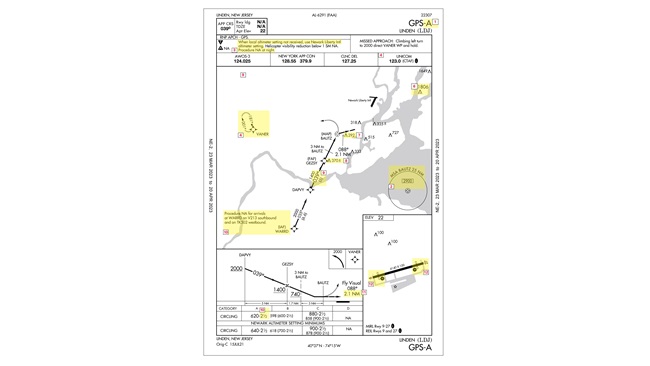Fire season underway
Pilots should check notams, use caution
The booming popularity of drones has in recent years added a new ingredient to a dangerous mix, and government officials have a pointed message for anyone tempted to fly a drone anywhere near a wildfire, particularly within the TFRs that are established to protect aerial firefighting aircraft: “If you fly, someone could die.”
The advice to all pilots is basically the same: Give fires, and the flight restrictions that crop up around them, a lot of space. Fire-related TFRs can be posted with limited notice, and pilots should make a habit of using the online notam search tool and the FAA graphic TFR portal before flight to maintain situational awareness.
“We want pilots to make sure they are aware of how to prepare for firefighting TFRs as part of their pre-flight planning to ensure they remain out of harm’s way. The size of a firefighting TFR can vary depending upon the extent of fire, so pilots should leave plenty of room from a TFR; smoke and other hazards can drift beyond boundaries and put them in danger,” said AOPA Western Pacific Regional Manager Melissa McCaffrey.
Smoke from wildfires burning more than 200,000 acres in California and other western states this month reduced visibility and air quality in the Rocky Mountains.
AOPA Northwest Mountain Regional Manager Warren Hendrickson noted that fire-related hazards extend well beyond the potential for collision with firefighting aircraft in low-visibility conditions.
“Strong downdrafts from smoke columns and convective buildup have the potential to initiate moderate to severe turbulence, and reduction of visibility due to smoke and haze could cause widespread marginal VFR conditions,” Hendrickson said.
State and federal agencies working to contain the fires are also working with the aviation community and the FAA to preserve access to airports and airspace, balancing the needs of airmen and firefighters. Julie Stewart, the United States Forest Service and Bureau of Land Management national airspace program manager, noted that TFRs are coordinated closely with FAA officials and air traffic control centers, and TFR dimensions are sometimes adjusted after review to preserve access to airports and the National Airspace System.
“Our first priority is to protect disaster relief aircraft which means keeping non-participating aircraft clear. We do a lot of coordination and evaluate continuously the fire perimeter to ensure the TFR is protecting the flight crews,” Stewart told AOPA. “Last year we had a record breaking number of fires and acreage. There were approximately 600 firefighting TFRs issued last year. Every year fires seem to grow larger as we battle higher temperatures and impact of drought.”
Stewart called drone incursions “terrifying,” noting that operating heavily loaded aircraft at low levels is already dangerous without the potential for colliding with a drone. There also have been problems with fixed-wing general aviation operators crossing TFR boundaries, possibly unaware of their existence due to limitations with some flight planning tools.
“If they use an electronic flight bag, it is crucial that they check the disclaimers as to how often their flight data is updated,” Stewart said. “Some of the EFBs do not update TFRs on evenings or weekends. This has caused problems for some pilots who were not flying with current information and it can result in TFR intrusions.”
One recent weekend saw four incursions by GA aircraft into fire-related TFRs.
AOPA is working with government and industry to improve access to TFR information and raise awareness of TFRs. Pilots who spot deficiencies, or other issues are encouraged to report these to AOPA.
The fire season typically continues into autumn.




